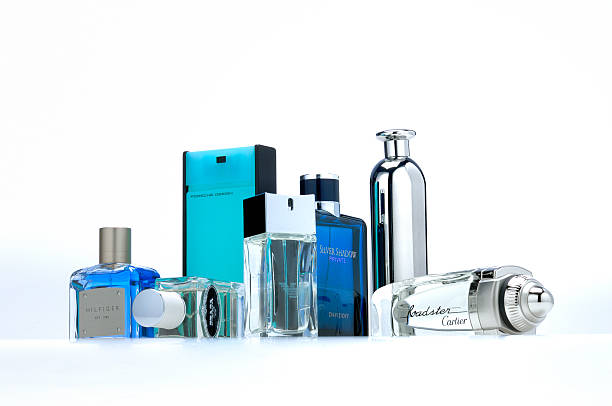The Luxury of Watches: A Timeless Symbol of Elegance
Introduction to Luxury Watches
Luxury watches have long been a symbol of status, elegance, and precision. These timepieces are not merely tools for telling time but are also works of art, representing the pinnacle of craftsmanship and engineering. Owning a luxury watch is about appreciating the intricate details, the history, and the innovation that goes into creating these masterpieces.
The History of Luxury Watches
The history of luxury watches dates back several centuries, with origins rooted in the development of portable timekeeping devices. Early watches, crafted in the 16th century, were elaborate and often adorned with precious stones. These initial creations laid the foundation for the complex mechanisms and artistic designs we see in modern luxury watches.
As the watchmaking industry evolved, several regions became renowned for their contributions to horology. Switzerland, in particular, emerged as a leader in watchmaking, with brands like Patek Philippe, Rolex, and Audemars Piguet setting the standard for excellence. The meticulous craftsmanship and innovative technologies developed in Switzerland have influenced the global perception of luxury watches.
The Craftsmanship Behind Luxury Watches
Creating a luxury watch involves a meticulous process that can take months or even years to complete. The journey begins with the design phase, where skilled artisans and engineers collaborate to create a blueprint that balances aesthetics with functionality. This blueprint serves as the foundation for the watch, guiding every step of the production process.
The heart of a luxury watch is its movement, a complex assembly of gears, springs, and other components that work in harmony to keep accurate time. Watchmakers, often referred to as horologists, painstakingly assemble these movements by hand, ensuring that each piece functions flawlessly. The precision required in this process is astounding, with tolerances measured in microns.
In addition to the movement, the exterior of a luxury watch is crafted from high-quality materials such as gold, platinum, and stainless steel. These materials are meticulously shaped and polished to create a flawless finish. Many luxury watches also feature intricate engravings and embellishments, adding a unique touch to each piece.
Iconic Luxury Watch Brands
Several brands have become synonymous with luxury watches, each with its own distinct style and heritage. Patek Philippe, for example, is renowned for its intricate complications and timeless designs. Founded in 1839, the brand has a rich history of innovation and is highly regarded for its craftsmanship.
Rolex, another iconic brand, is known for its robust and reliable timepieces. The brand's signature Oyster case, introduced in 1926, was the first waterproof wristwatch case and remains a hallmark of Rolex's design. Rolex watches are favored by professionals and adventurers alike for their durability and precision.
Audemars Piguet, established in 1875, is celebrated for its avant-garde designs and technical excellence. The brand's Royal Oak collection, introduced in 1972, revolutionized the luxury watch industry with its bold, stainless steel design and integrated bracelet. Audemars Piguet continues to push the boundaries of watchmaking with innovative materials and intricate complications.
The Appeal of Luxury Watches
The appeal of luxury watches extends beyond their functionality. These timepieces are often seen as investments, with many models appreciating in value over time. Collectors and enthusiasts seek out limited editions and vintage pieces, recognizing the rarity and craftsmanship that make these watches unique.
Owning a luxury watch is also a statement of personal style and success. The choice of a watch can reflect one's personality, tastes, and achievements. For many, a luxury watch is a reward for reaching a significant milestone or a symbol of their dedication and hard work.
The Future of Luxury Watches
As technology continues to evolve, the luxury watch industry faces new challenges and opportunities. The rise of smartwatches and digital timepieces has introduced a new dynamic to the market, with some consumers opting for the convenience and connectivity offered by these devices.
However, the timeless appeal of mechanical watches remains strong. Brands are embracing innovative materials and techniques while staying true to the traditional craftsmanship that defines luxury watches. The integration of cutting-edge technology, such as silicon components and advanced coatings, enhances the performance and durability of these timepieces.
Sustainability is also becoming a focus in the luxury watch industry. Many brands are adopting environmentally friendly practices, from sourcing ethical materials to implementing energy-efficient manufacturing processes. This commitment to sustainability ensures that the tradition of luxury watchmaking can be preserved for future generations.
Conclusion: The Enduring Legacy of Luxury Watches
Luxury watches represent more than just a means of telling time; they embody the artistry, innovation, and heritage of watchmaking. From the intricate movements to the exquisite designs, each watch tells a story of passion and precision. As symbols of status and elegance, luxury watches continue to captivate enthusiasts and collectors around the world.
Whether it is the thrill of owning a piece of history or the satisfaction of wearing a meticulously crafted timepiece, the allure of luxury watches is timeless. As the industry evolves and embraces new technologies, the essence of what makes a luxury watch special remains unchanged—a commitment to excellence and a celebration of the art of horology.


.jpg)

